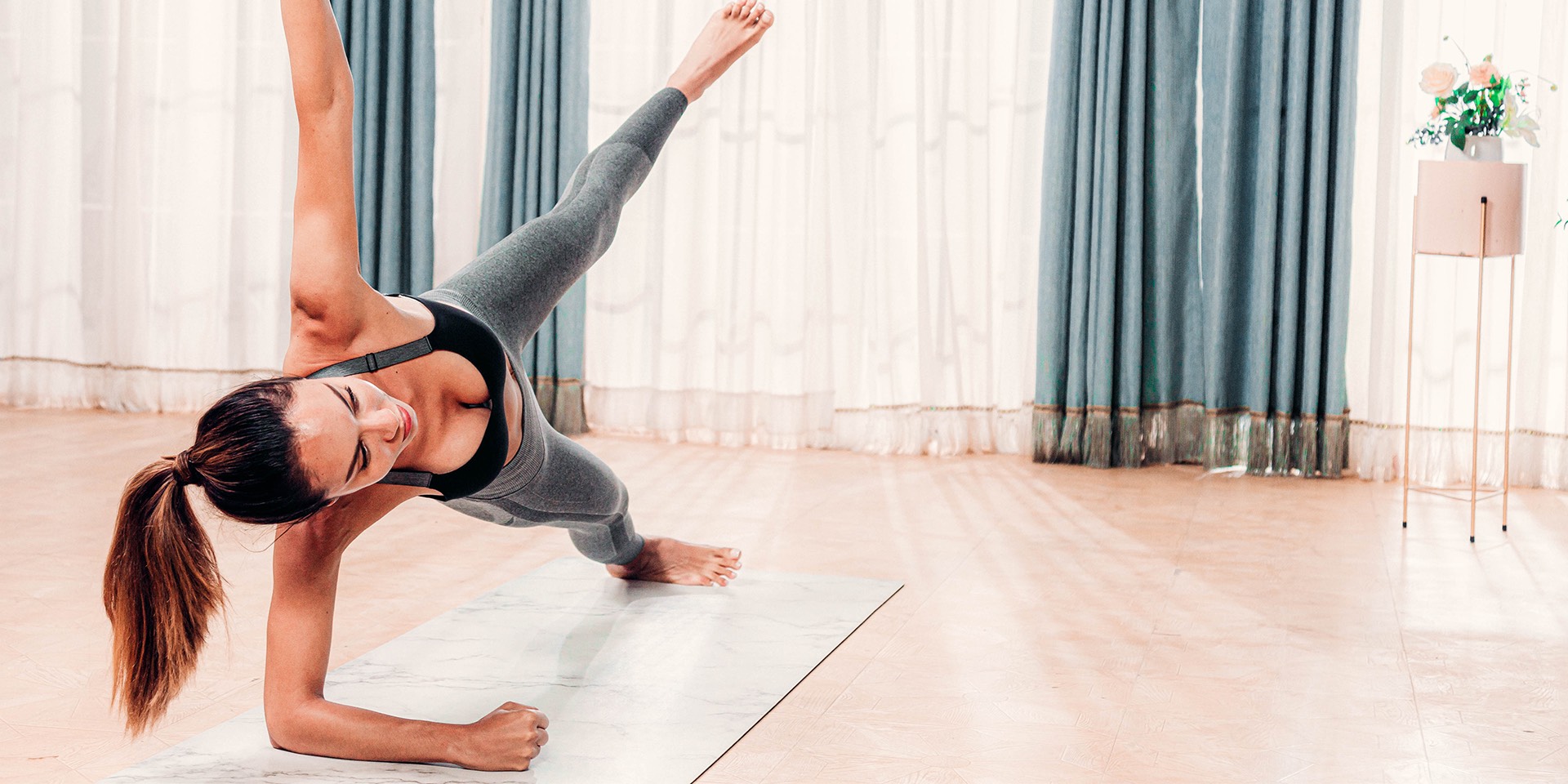
Practicing yoga is a crucial part of my routine. After having experienced yoga exercise benefits, I do not know exactly how I had survived without it in the past. Unfortunately, like with almost everything, if you are not mindful, you might expose yourself to toxic chemicals — in your yoga mat. As a yogi, it’s vital to recognize what yoga mat is made of and what you are laying on. You might end up breathing in possibly hazardous chemicals and also absorb them through skin contact. In this message, we will talk about PVC yoga mats and why it is essential to prevent them.
Polyvinyl chloride (PVC), or plastic, is just one of the most ecologically unsafe customer products ever produced. PVC threatens human health and wellness throughout its entire life process of use, manufacturing, and disposal, mostly because a lot of chlorine is made use of in making it, roughly 30% of the world supply.
Essentially PVC is the single worst plastic, according to numerous health and wellness companies. Greenpeace has been lobbying to quit using PVC due to the dioxin created throughout its manufacture. Harmful for humans and the setting, however several yoga exercise mats are 100% PVC.
PVC makes a great mat due to its grip, durability and price point. But, unfortunately, there are no secure means to create, use or ruin these mats.
Yoga exercise mats made with PVC can also consist of chemicals like phthalates, which are made use of to make PVC versatile. Phthalates are connected to reproductive issues, including much shorter maternity duration and early breast growth in women. They can seep out in time, specifically in warmer temperature levels like those located in several hot yoga studios. Phthalate bits then hold on to dirt, which can be breathed in.
PVC became the plastic of selection since it’s economical, yet thinking about the effect on human and ecological health, it’s priceless. PVC can not be reused due to the toxic substances embedded within it and when it’s incinerated or buried in landfills, and it launches dioxin, a recognized carcinogen.
To Be Safe
To restrict your PVC exposure and support chemical-free mats, go with those made from all-natural rubber. These may still scent a little when you initially utilize them because of all-natural dyes and the product’s nature.
Various other mat alternatives are those made from hemp, a natural material. If you’re unsure concerning your mat’s contents, contact the producer, or when you go to choose a yoga mat, search for the label “PVC free“.
There are four Eco-Friendly Yoga Mats could you choose:
Manduka eko Mat
Manduka mats have earned a reputation as the go-to mat in the yoga world, and for good reason. Not only are their mats durable and long-lasting, but their line of eko Mats are natural yoga mats made from sustainably harvested natural tree rubber. The foaming agents used to create the eko material are non-toxic. What this means is that no toxic chemicals have gone into the manufacturing process to soften the rubber. They offer a variety of thicknesses and designs, so there’s an environmentally friendly yoga mat for everyone.
Manduka takes it a step further by offering a zero waste yoga mat recycling program called LiveOn. When you order a new mat, you can opt-in to the LiveOn program which allows you to send back your old mat (from any brand) and they’ll send it to The Renewal Workshop to recycle your mat into materials used to improve communities everywhere.
Jade Yoga Harmony Mat
Jade yoga mats are made in a highly sustainable manner with natural rubber tapped from natural rubber trees, a renewable resource (unlike petroleum). None of their mats contain PVC, EVA or other synthetic rubber. They are made in the United States in compliance with all US environmental, labor and consumer protection laws. And to sweeten the deal, Jade plants a tree for every mat sold! (Great minds think alike.) So far, they’ve planted over one million trees!
Cotton & Hemp Yoga Mat
Also known as Mysore yoga rugs, yoga mats made of cotton, organic cotton, and hemp are eco-friendly and recyclable.
They are typically hand-woven by craftsmen rather than mass-produced in factories using tons of chemical substances. So if you’re a natural fiber lover, you can stop researching your yoga mats right here.
Cotton and hemp yoga mats feel great on the skin and have a nice natural texture that softens with every wash. Oh, and you can even wash those in the washing machine (though check it with the manufacturer before).
Both materials are very absorbent, so they’ll fit great a hot yoga setting or a sweaty yoga class.
Sharklet Yoga Mat
Last but not the least, I update a PVC mat to the Sharklet Yoga mat(standard yoga mat 4mm) made from Polyurethane on a long-lasting and natural rubber which is 100% formaldehyde-free, non-toxic well as PVC-free, risk-free for human contact and also the environment. No toxic chemical Smell. And it is very easy to clean compared to those sticky mat, how wonderful for me. It’s an excellent choice.

